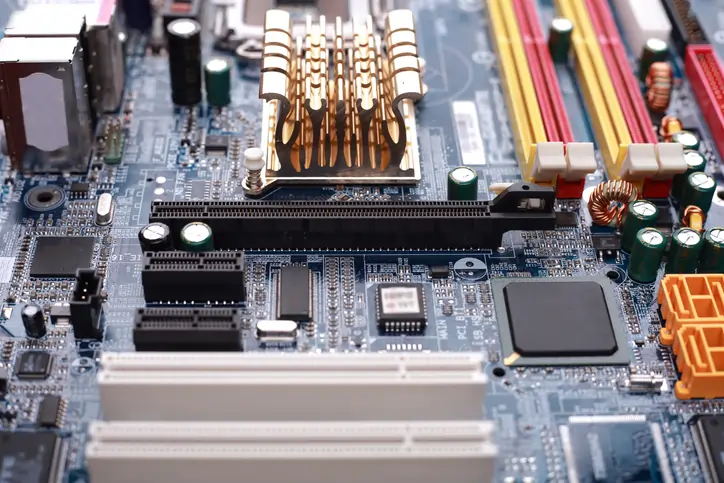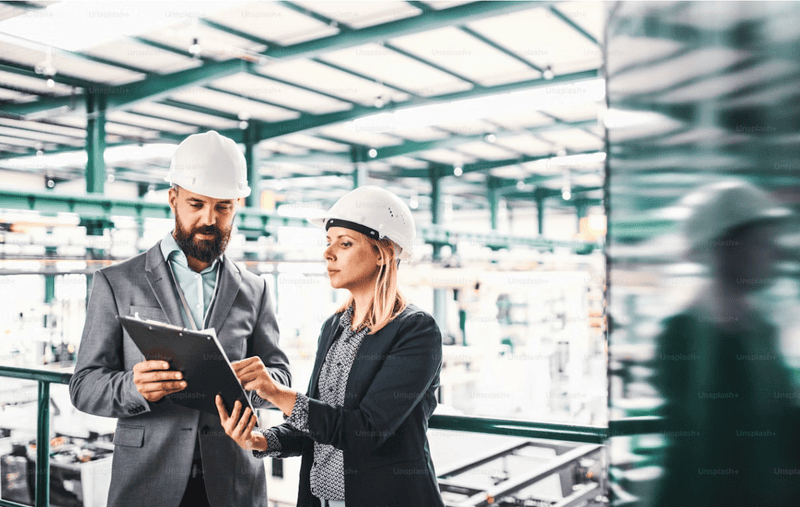
As AI transforms industries, ranging from healthcare to finance, it’s also transforming something far less visible—how we power the data centers that make AI possible.
These centers now comprise the digital nervous system of our economy, and their appetite for electricity is growing at an unprecedented rate. At the intersection of innovation and energy, data centers are facing an urgent question: How do we meet the power needs of an AI-driven future in a sustainable and reliable way?
The answer lies in a new paradigm: on-site energy generation.
The AI Boom Is Driving a Data Center Power Surge
In 2025 alone, U.S. electricity consumption is projected to grow by 83 terawatt-hours—the equivalent of powering 7.7 million homes. A major driver? Data centers. Specifically, data centers running AI workloads. These systems don’t just sip power—they guzzle it.
Training a single large AI model can use as much energy as 120 U.S. homes consume in a year. As AI infrastructure expands, especially in high-performance computing (HPC) environments, power density per server rack is rising fast—from 20 kW today to an expected 50 kW by 2027.
That’s not just an operations issue—it’s an energy crisis in the making. And it’s colliding with another problem: the U.S. electric grid is already becoming strained under demand, with transmission delays and interconnection bottlenecks slowing down the deployment of new capacity. Delays of months—or even years—can result in missed business opportunities and ballooning costs.
Why On-Site Power Is the Future of AI Infrastructure
In order to meet the demands of today’s AI revolution, data centers need faster, more reliable access to electricity. That’s why a growing number of operators are turning to on-site power generation.
According to the 2025 Data Center Power Report, 30% of all data center sites are expected to use some form of on-site power by 2030, up from just 13% in early 2024. In fact, more on-site power projects were announced in 2024 than in the previous four years combined.
What makes on-site power so appealing?
Speed to power—Systems can be installed and operational in as little as 90 days, compared to multi-year grid upgrades.
Resilience—On-site generation reduces exposure to grid failures, which is critical for mission-critical AI workloads.
Sustainability—On-site systems like fuel cells and hybrid microgrids help reduce carbon emissions and improve efficiency.
Fueling the AI Era with Clean, Reliable Power
At the forefront of this shift is Bloom Energy, a provider of on-site power solutions built for the high demands of AI infrastructure. Bloom’s Energy servers, based on solid oxide fuel cell (SOFC) technology, deliver low-emission, high-reliability electricity directly where it's needed—no long waits, no grid congestion.
Because Bloom's systems generate electricity on-site, they avoid the losses associated with grid transmission and distribution. That’s more power delivered where it counts—with fewer emissions.
Microgrids and Hybrid Systems
To further boost resilience and flexibility, many data centers are combining Bloom’s fuel cells with microgrids and renewable energy sources. These hybrid systems can:
Integrate solar, wind, or hydropower directly into the data center.
Use battery storage and smart controls to optimize energy use.
Ensure uptime during grid outages or extreme weather events.
This architecture is not only more sustainable—it’s more practical. The grid alone can’t scale fast enough to meet the AI boom. But on-site, modular systems can.
Facing the Future: Sustainable Growth Starts Now
The AI boom is only just starting. By 2030, AI data centers could account for 8% to 12% of total U.S. electricity consumption, up from 3% to 4% today. In order to meet that demand without exacerbating grid congestion or climate concerns, the data center industry must act decisively.
The path forward is clear: invest in reliable, flexible, and efficient energy systems that support AI growth while reducing environmental impact. On-site power, microgrids, and hybrid renewable systems will be essential to meet both performance goals and sustainability commitments.


